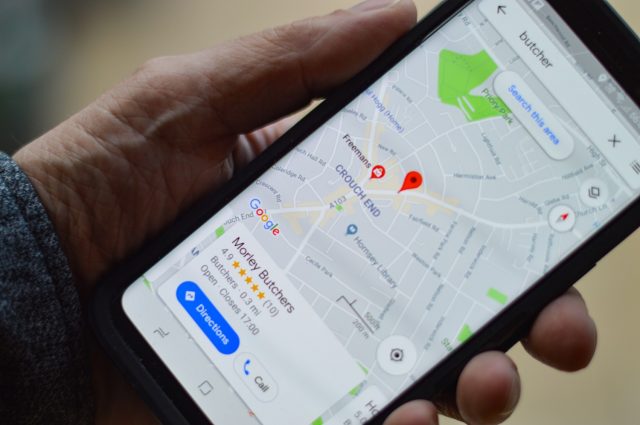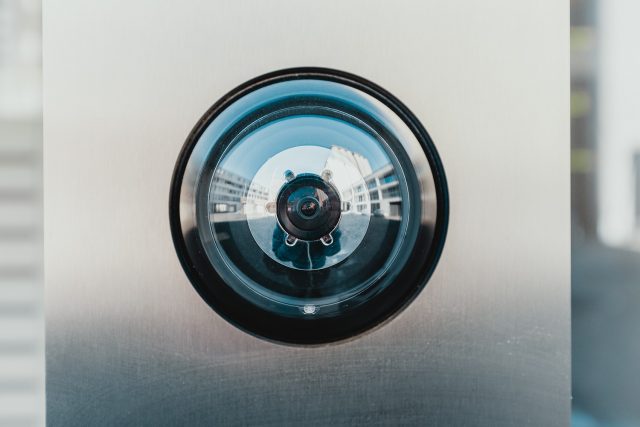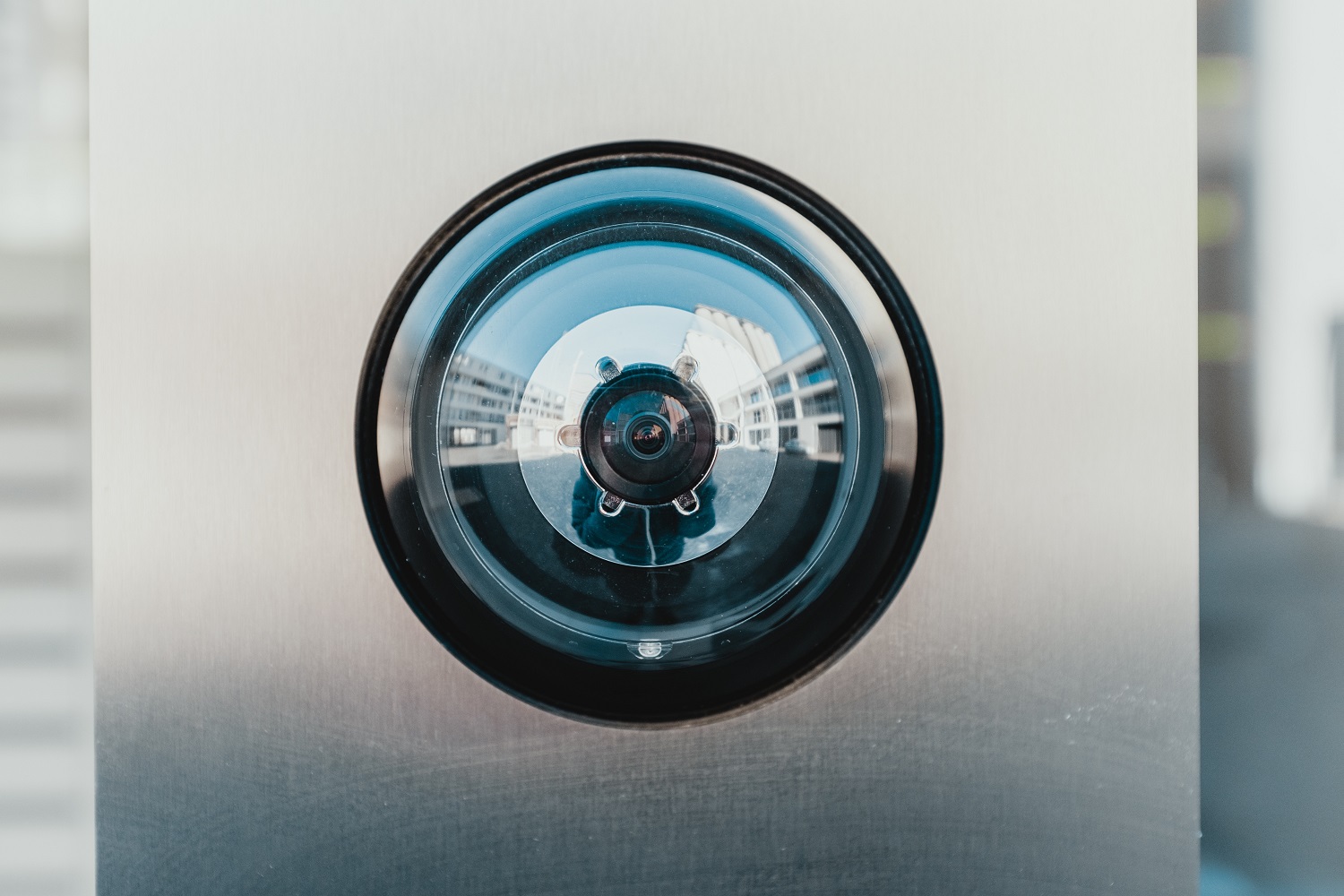Location-based marketing strategies are increasingly being used by tech-savvy marketers hoping to increase their advertising reach by using smartphone users’ mobile location services to suggest offers that may be of interest to them. This is referred to as geofencing marketing – a method of alerting prospective customers about offers for goods and services within close geographical proximity.

Understanding the pros and cons of using geofencing as a marketing tool is vital for business owners and their digital marketers, particularly for websites of businesses that earn revenue from providing services and sales in offline locations.
Why Use Geofencing?
What sets geofencing apart from marketing strategies such as Search Engine Optimization and Conversion Rate Optimization is that doesn’t require potential customers to actively search for businesses in nearby locations, but reacts when a smartphone user simply enters the listed geographic area. Geofencing focuses on mobile users and geographic information in lieu of website content, making it ideal for local businesses who rely on physical sales.
Sure, businesses benefit greatly from geofencing as it enables them to narrow in on potential clients for their physical stores, but geofencing is also a form of advertising that can be useful to consumers. Geofencing improves users’ lived and online experiences by providing useful information to help organise their daily lives, combating the overwhelming information overload that is the internet. Prioritising advertising for local business is one aspect of the community-driven social media policies seen utilized in popular platforms like Facebook.
Consumers also benefit from being recommended businesses in the area that are nearby to addresses that they have recently visited, which distinguishes geofencing from telemarketer calls and spam texts to upgrade your phone plan. Research has shown that seeing personalized messages from websites improves click rates.
The Mobile-First Approach
With an increasing number of internet users accessing online platforms and information via their mobile phones, geofencing provides marketers with a means of capitalizing on mobile users.
Geofencing enhances technology such as GPS, RFID, Wi-Fi or cellular data that has been used commonly for a while. When a mobile user enters a particular geographical area, a number of actions can occur – the user can receive a push notification, targeted ads can be shared or some technologies can be disabled.
This works by setting a boundary around the desired target area using Google Maps, for example, and then instructing it to respond (by sending a message) to movement with the bounds.
Geofencing Revitalizes Mobile Apps
Thousands of new apps are created everyday and the number continuously increases. There is a good number of apps that have managed to obtain ‘daily use’ status by mobile users, but the majority of apps fade into the shadows as users become preoccupied with the new latest tech update.
Geofencing can help keep app user’s engaged by providing insight into user’s behaviour and environment. This is also valuable for online-to-offline attribution which refers to how online marketing strategies yield offline sales, because users who browsed items online can be alerted to offers in their area. This way, marketers can stay on top what client’s target audience’s need and desire.
People also check instant messages within less than five minutes which makes geofencing more effective than sending emails and social posts in many instances.

Does Geofencing Compromise Your Privacy?
Naturally, many users have some concern about technology being utilised to monitor their activity and physical location for entertainment or advertising purposes. When using geofencing, however, the customer is relatively empowered in many ways. Firstly, geofencing always requires permission from users and in most instances is upfront about why the app or program requires users’ information. Because this transparency is expected in online communities that use geofencing, it is necessary to ensure users that sharing their location will improve their experience and ensure their information will be protected, as explained in an accessible privacy policy.
In many industries, geofencing can be used to exploit consumers. For example, law firms using geofencing to target emergency room patients. As a new development in the rapidly progressing digital world, the ethical implications and regulations should be further researched and documented.
Where are good locations to geofence?
Before contemplating this question, you’d need to consider the nature of the business you are marketing and the types of customers you need to attract. If you are a restaurant owner situated in a shopping mall, it would make sense to tag the shopping center.
If your business is a upmarket clothing boutique, you could also use nearby shopping centers as a geofence. Try to focus on areas where large groups of people are likely to be seeking the service you offer. For example, if you are marketing for a nightclub and know that your target crowd usually have pre-drinks in a trendy neighbourhood nearby, with cocktails and dinner, you could use that area as a geofence.
It could also be useful to find out about specials and discounts being offered by a particular business, for example a 50 percent-off clothing sale at a particular store especially if the customer was in the mall to visit a different store and didn’t realise there was a better option.
Putting Local Businesses Ahead
If your business sells physical products or provides a service in a designated geographic area, a wide reach and high traffic online needs to be translated into real-life customers. Using geofencing saves you money on your marketing strategy by focuses on a group of potential customers who are quite likely to visit your store. It also helps establish brand loyalty for a store that users interact with in their everyday offline lives.
Geofence marketing is a great way of reaching customers in close proximity of a business’s physical location. Geofencing helps improve user experience by providing information about what services are available to them in their physical locations. When using geofencing marketing strategies, consider the kinds of industry you are advertising and the people being targeted based on their locations. A good understanding of geofence marketing can have a great effect on your business’s brand and profits.
Meta Description (Optional)
Geofence marketing uses mobile users’ physical locations to reach potential customers. The approach focuses on consumers who are already in a business’s physical location and can be a cost-effective marketing strategy that is useful to customers.
